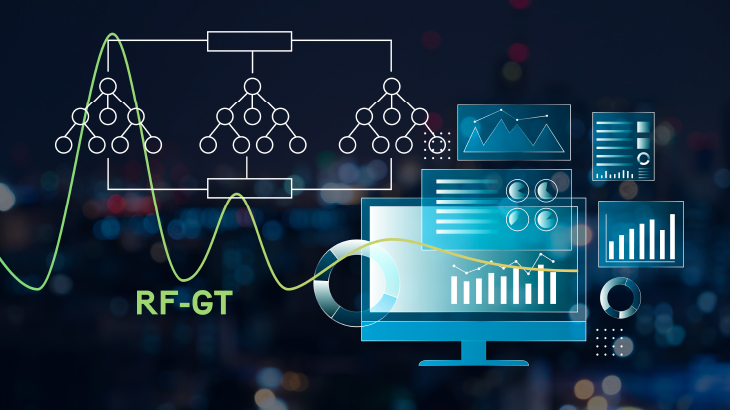
The most recent
This paper evaluates the predictive capacity of a machine learning model based on Random Forests (RF), combined with Google Trends (GT) data, for nowcasting monthly inflation in Colombia. The proposed RF-GT model is trained using historical inflation data, macroeconomic indicators, and internet search activity. After optimizing the model’s hyperparameters through time series cross-validation, we assess its out-of-sample performance over the period 2023–2024. The results are benchmarked against traditional approaches, including SARIMA, Ridge, and Lasso regressions, as well as professional forecasts from the Banco de la República’s monthly survey of financial analysts (MES). In terms of forecast accuracy, the RF-GT model consistently outperforms the statistical models and performs comparably to the analysts’ median forecast, while offering the additional advantage of producing predictions approximately one and a half weeks earlier. These findings highlight the practical value of integrating alternative data sources and machine learning techniques into the inflation monitoring toolkit of emerging economies.
The results highlight the usefulness of combining machine learning techniques with alternative sources of information to generate timely forecasts that are comparable to those of the market.

